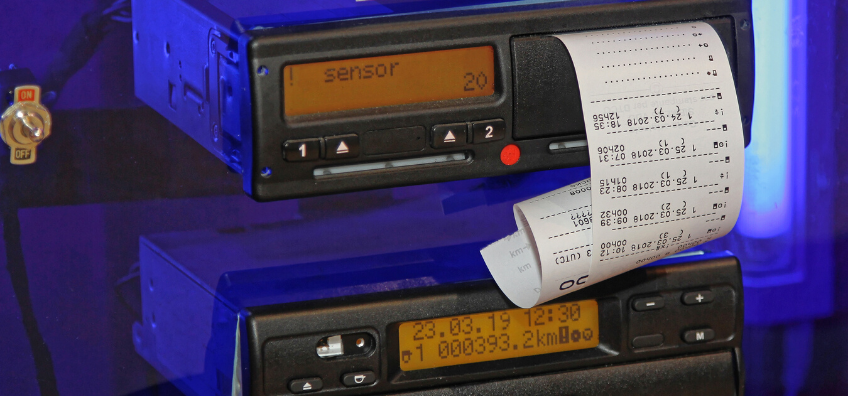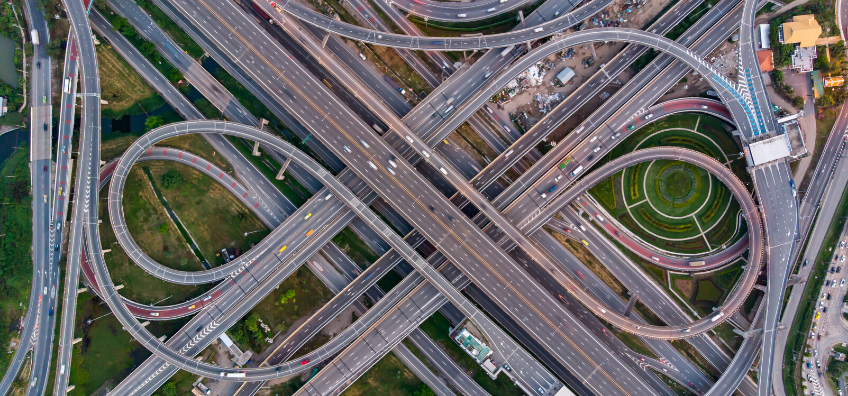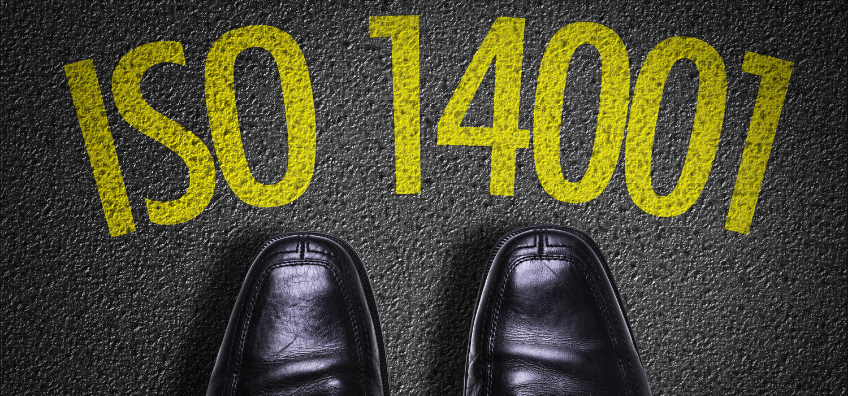Ted Kaczynski and TSL
22/10/2019

I am sure many of you wonder what one of American terrorists and our European TSL market have in common. Let me explain this.
Theodore John Kaczynski, known as Ted Kaczynski or the Unabomber, was terrorising people in the U.S. for over 18 years by sending packages with bombs he constructed himself. He did it to direct attention to his technological society manifesto. He stated in the manifesto that “the industrial revolution destroyed human relations and civilisation led us to lose our humanity and become slaves to technology.”
Certainly, Kaczynski’s methods should be deprecated, however his visionary manifesto made me think about the modern TSL market and the direction in which it is going.
We have been seeing a strong tendency for the introduction of technological solutions to the everyday work of freight forwarders, dispatchers, ordering parties and drivers for quite some time. Suppliers of software for transportation management, calculation of the drivers’ work hours, topics or freight exchange are competing in solutions that reduce human operations and that are based on process automation.
Very soon, after accepting sales for their client, ordering parties will be adding proper instructions to their system. That system, combined with freight exchange, will send
transportation tenders to a group of carriers that meet the requirements and have vehicles available at a time and place corresponding to the shipment. Depending on the conditions, driver’s available work time read from GPS, their location, order processing costs, estimated based on the route, road tolls, fuel efficiency, current fuel price, the carrier’s TMS will suggest the freight forwarder to accept the order as the most optimal one. After the order is confirmed through EDI (Electronic Data Interchange), it will be transferred to TMS and sent to the driver. The driver will read the new order and, based on the planned route, start fulfilling it. The ordering party will be able to keep track of the location of the vehicle completing their order. After unloading, the driver will scan transport documents that will be transferred to the ordering party with an invoice in seconds. At the end of the month, we will receive a full report of our work efficiency, income, costs, record of the driver’s work hours and anything else we can think of.
By using such a technology, one freight forwarder can indeed get more work done than under standard conditions. They receive much more information necessary to make decisions and reduce the time needed for entering orders in the systems, exchanges or for sending text messages with instructions to the drivers. I think that such a freight forwarder is able to supervise even several more vehicles and this solves the problem of insufficient number of employees among freight forwarders.
Wir organisieren jeden
Transport innerhalb von 45 Minuten
Oder schneller
Unser Mitarbeiter wird schnell ein konkretes Angebot erstellen und nach dessen Zusage persönlich dafür sorgen, dass dir Lieferung termingerecht stattfindet.
Unerwartete Aufträge überraschen uns nicht, weil wir gut vorbereitet sind.
But is this actually going to work so perfectly in practice? Are we going to lose the human factor at some point in the whole automation process? Everyone who has ever worked in the transportation sector knows that sometimes human relations that we build are the most effective. In my work, conflicts with partners have been resolved through a usual conversation, by hearing the arguments of the other party, understanding their situation and finding a common solution. The situation is similar with drivers. They are busy all the time and compete against time to fulfil their orders. Will automated delivery of information on next shipments and unloadings lead us to stop treating the drivers like members of our team and to start treating them like points on a GPS map?! Will the freight forwarders, in all their rush for the highest efficiency, forget to call the driver and, just human-to-human, ask: “Hi Chris, how is the road going?”. With difficult deliveries, it is better to call, explain the situation, ask the driver about his opinion, engage him in planning, instead of sending him the “corridor” route.
The age of autonomous cars is yet to come, and we should remember about H2H – Human-to-Human communications.
I am not against new technology at all. Personally, I cannot imagine that my computer desktop does not synchronise data with my phone or getting rid of all applications. I am just trying to point out that our companies should devote as much time for building human relations as for implementing new technologies. In the age of technological craziness, we often happen to forget that people are the biggest asset for our business. If they are motivated enough, they can move mountains, without waiting for another software update.



